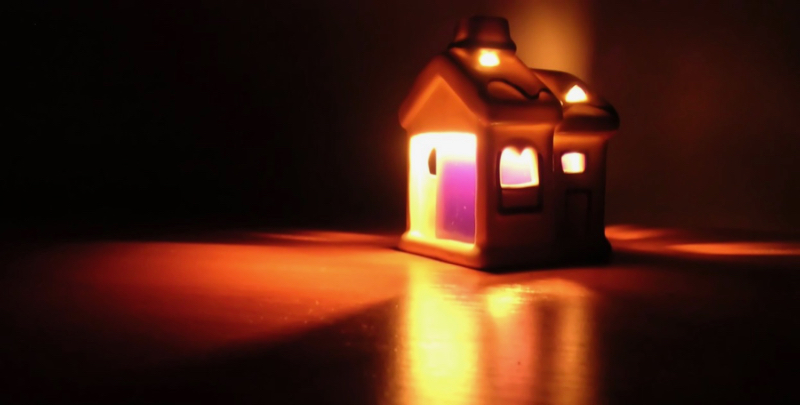We are told to stay at home. This is not only an order. These are the wisest of words of caution, as the coronavirus continues to ravage our planet.
A stay-at-home order certainly is bearable for a period of time. But here we are in 2021: The weeks have turned into months and now we’re at the one-year mark. Still cooped up.
Tensions are rising in our homes. Moods have become unstable; patterns of behavior once predictable have become more concentrated. Niggling worries and even irrational thoughts emerge. Free-floating fears and imagination can run rampant. These are somewhat predictable responses to the extreme cocooning forced upon us in the time of a pandemic.
The psyche needs balance, to paraphrase psychoanalyst Carl Jung. Staying at home for extended periods — without the balm of outdoor activities and normal social intercourse — can and will create issues. These times are hard, painful and disquieting for many, understandably. The extent to which the tentacles of Covid-19 extend remains uncertain.
Some of us may be increasingly reluctant to leave home and engage with the outside world for reasons such as age or comorbidity. This makes sense up to a point. This setting in of ways, however, can be paralyzing, and harmful. Becoming immovable in order “to survive” creates a slow unhealthful insulation.
Remember that lockdown is not house arrest! Most people will find it therapeutic just to step outside and feel contact with nature, if not people. Nature has many healing properties — the sound of the wind in the trees, bird singing … if you live near the ocean or a lake the very sound of water lifts spirits. Of course take necessary precautions (masks on, where required).
The Diagnostic and Statistical Manual of Mental Disorders assigns the diagnosis of agoraphobia to individuals who have a disproportionate fear of public places, often perceiving such environments as too open, crowded or dangerous.
Untreated, the condition may become so acute that a sufferer may be unwilling or unable to leave the home.
There are many reasons for this manifestation, which typically develops over time. These include childhood trauma or stressful events in adult life. The presence of Covid-19 could prove a tipping point for those who have a proclivity toward being “phobic.”
When a person has experienced a traumatic experience, either a single event or even a prolonged trauma such as the uncertain presence of a dangerous virus, the system and psyche create coping mechanisms that can freeze the psyche, preventing forward flexible movement in life. It’s like getting stuck. Strong and sometimes irrational fears can make a person feel it’s literally too dangerous to move.
If you feel strongly about staying indoors, it is important to find a way to remain in contact. Zoom and FaceTime are ways you can connect with friends, family and other members of the community. The goal is to avoid isolation in order to keep spirits bright, maintaining hope for the brighter future on the horizon. The wonderful news globally has been the arrival of the Covid-19 vaccines, which over time most of us will receive and then develop protection from the virus and its mutations. There are good reasons to be hopeful.
Keys to balance
Agoraphobia has been addressed in many ways by mental health professionals. As with all treatment, there is no one-size-fits-all approach.
If you need help with agoraphobia, options include:
- Active imagination methods to guided imagery.
- Hypnosis, which is having a resurgence in popularity.
- In vivo treatment, exposure therapy, cognitive behavior treatments and more.
Discuss these and other methods and treatment options with a therapist. Psychology Today is a good resource of treatment options. Many are effective. Relief is at hand.
More help with Covid-19 mental health:
